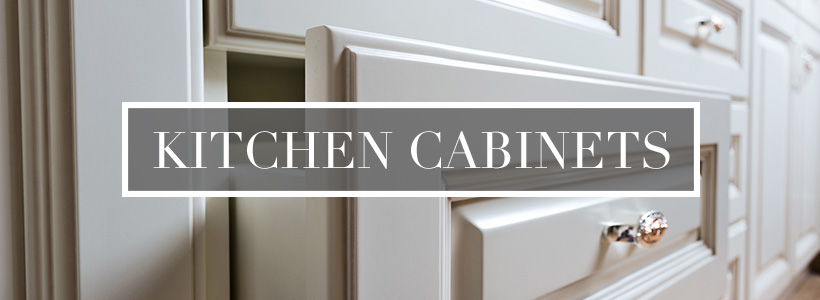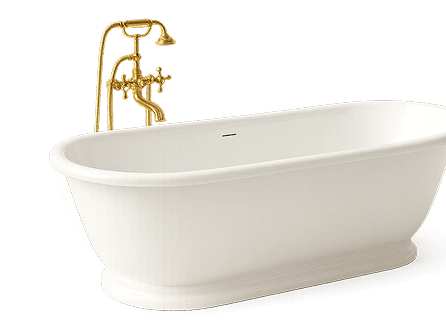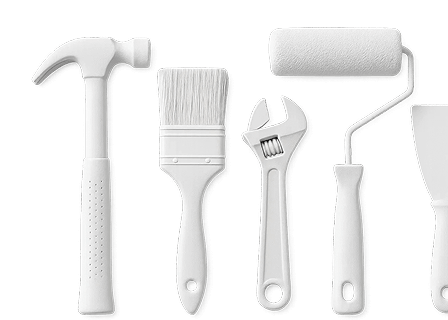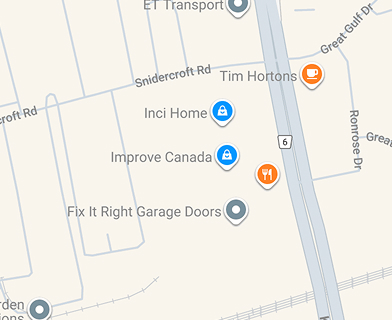
If you’re not ready to invest in new kitchen cabinets just yet, you can always stain the current ones. Staining allows for you to give the cabinets a new look. Stain adds colour to the wood and bleach lightens it. Keep in mind that aside from certain types of sealers or varnish, bleach and stain do not protect the surface of the material. For protection, a coat of polyurethane, shellac, or lacquer is required.
Always select a stain that is compatible with the finish you plan to apply. Some polyurethane types and lacquer react adversely to the pigments in some stains. Find out if the manufacturer of your cabinets recommends sealing the grain prior to staining it or after. As for the final colour, choices are practically unlimited.
Make sure that as much of the hardware as possible before you begin the staining or bleaching process. It’s easier to stain cabinets when they are lying flat, so lay them flat if possible.
Sanding shouldn’t be necessary unless the cabinets have small scuff marks. If you have to do any sanding, use a fine grit sandpaper.
Choosing the Right Stain
Some stains are easy to use, yet lack versatility. Others are for perfectionists who don’t mind the numerous steps involved in achieving the clearest and deepest finish.
Here is an overview of some of the various stains available:
- Oil-based
These traditional stains are the most common, and consist of pigments and dyes mixed in with mineral spirits. They are ideal for touching up kitchen cabinets. They are permanent and do not fade. It’s possible to darken the colour with oil-based stains with an additional coat. The downside to these types of stains is that they are flammable and not easy to clean up.
- Gel stains
If simplicity is what you are after, then this is your best bet. Gel stains are the easiest to apply for amateurs, as they do not run – even against complicated vertical surfaces. They do not raise the grain. The problem with gel stains is that are available in a limited choice of colours.
- Water-based
This is an environmentally-friendly alternative to oil-based stains. Water-based varieties offer a wide range of colours and intensities. No ventilation is required since they do not produce any fumes. They are easy to clean up – all you need is soap and water.
- Combination
Some types of stain combine polyurethane and pigment that not only stains the wood, but adds a finish coat simultaneously .With the use of a combo product, you will save time. The downside is that it is not possible to control the level of finish or amount of stain required. It’s essential that you test the product on a scrap piece of wood beforehand to see what it looks like.
- Penetrating-oil
These are high-quality stains that provide excellent colour depth to the finish. Some types of penetrating oil stains can be mixed together to create additional shades. They are compatible with most topcoats and sealers, and take at least one hour to dry.
This is just a rundown of the different types of stains for kitchen cabinets. Talk with your manufacturer to determine which one would be best for your needs.
Additional Articles about Kitchen Cabinets:
- 5 Storage Solutions for Kitchen Renovations
- All you Need to Know About Kitchen Cabinets
- DIY: Paint Kitchen Cabinets Like a Pro
- How to Get a Trendy Kitchen That Won’t Soon Be Outdated
- How to Select the Perfect Cabinet
- Important Questions to Ask When Shopping for Kitchen Cabinets
- Kitchen Cabinets: 7 Important Things to Know
- Kitchen Cabinets: You Don’t Have to Start from Scratch
- Kitchen Hardware
- Kitchen Remodelling: Cabinet Door Styles 101
- Light or Dark Kitchen Cabinets?
- Modern VS Old: Managing Contemporary Styles
- Redoing Your Kitchen Cabinets? 5 Trends to Know About
- Remodelling 101: Creating an Efficient Kitchen Space
- Shaker Cabinets: The Perfect Choice for All Kitchen Styles
- Should I Hire a Professional for My Kitchen Design?
- Simple Solutions for A Flawless Cabinet Installation
- Storage Solutions for Your Kitchen Made Simple
- The Benefits of Custom Designed Kitchen Cabinets
- Treasured Freatures: Cabinet Storage Trends in 2016
- Yes! You CAN Have Light Kitchen Cabinets and Dark Floors!
- What to Consider When Buying Kitchen Cabinets in 2020
- Kitchen Cabinets Designs: Which is Right for You
- Tips for Staining Kitchen Cabinets
- Cleaning and Caring for Kitchen Cabinets
- How to Choose Contractor for Kitchen Cabinet Installation
- Choosing Kitchen Cabinets: Stock or Custom
- Kitchen Cabinet Colour Schemes & Finishes
- Benefits of Ready to Assemble Kitchen Cabinets
- Tips for Choosing High-Quality Kitchen Cabinets in 2020
- 7 Timeless Colour Combos for your Kitchen cabinet
- 7 Ways to Maximize Storage Space in your Kitchen Cabinets
- 8 Mistakes you want to avoid while painting kitchen cabinets
- Choosing a Kitchen Cabinet Material: A Simple Guide
- Budgeting for your kitchen cabinets
- Cabinet Door Styles to spruce up your kitchen
- Painting your Kitchen cabinets
- The A2Z of Kitchen Cabinetry – Part 1
- The A2Z of Kitchen Cabinetry – Part 2
- The Complete Guide to Refacing your Kitchen Cabinets
- Things to ask your Custom Kitchen Cabinet Maker
- Care and Maintenance Tips for Your Kitchen Cabinets
- Adding More Cabinets to Your Kitchen
- Re-facing Your Tired Kitchen Cabinets
- Painting Your Kitchen Cabinets to Update the Look
- Why You Need to Update Your Kitchen Cabinets
- The Best Way to Clean Your Kitchen Cabinets
- Refreshing Your Kitchen Cabinets
- Ways to Update Your Kitchen Cabinets in 2020
- Are You Getting the Most Out of Your Kitchen Cabinet Space
- Are Your Kitchen Cabinets Making Your Kitchen Look Old and Drab
- Benefits of Choosing Custom Kitchen Cabinets
- Add 5 These Features to Your Kitchen Cabinets
- Painting Your Kitchen Cabinets Doesn’t Have to Be Hard: Tips to Help
- Learn How to Paint Your Kitchen Cabinets: The 101 Guide
- Your Kitchen Cabinet Buying Checklist
- Your Kitchen Cabinet Guide: What to Know and Look For
- Signs You Need to Replace Your Cabinets and Not Reface Them
- Beautiful Kitchen Cabinets: Door and Drawer Options
- Things to Consider When Choosing Kitchen Cabinet Pulls and Knobs





